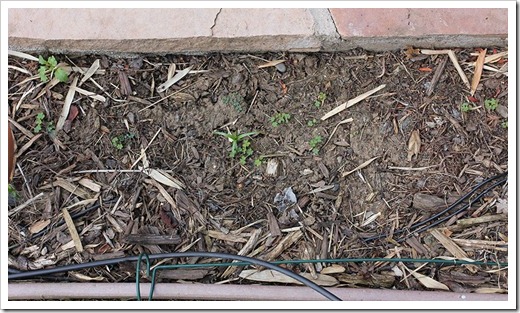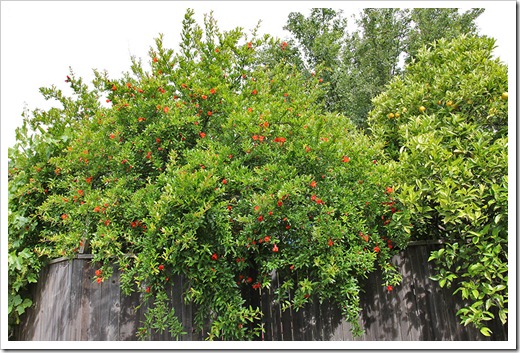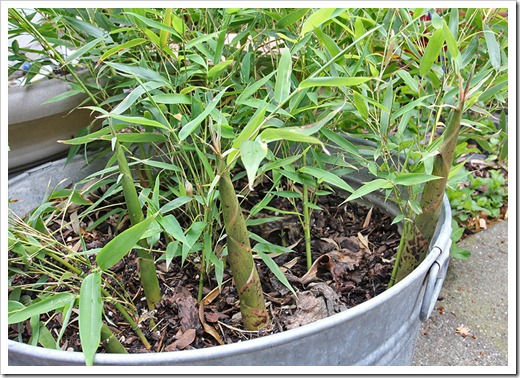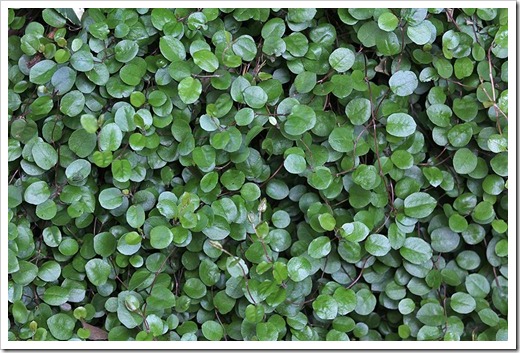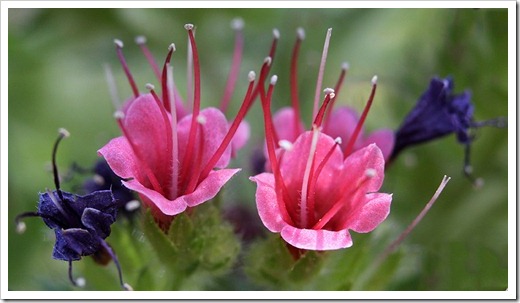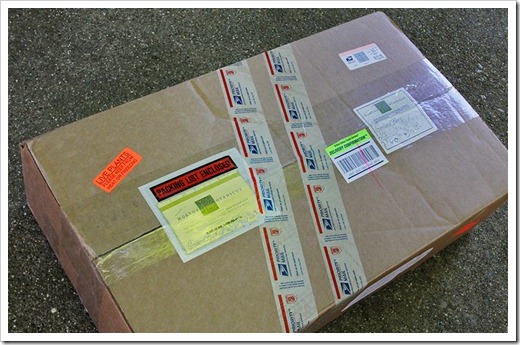Two new grasses
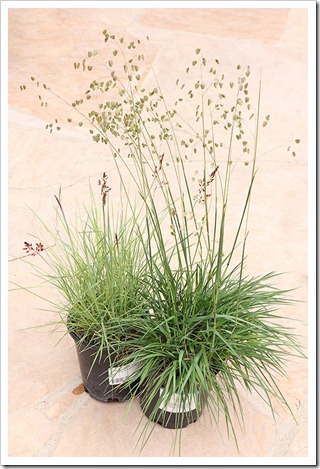
I couldn’t pass up the Memorial Day sale at Silverado Nursery in Rancho Cordova and added two new ornamental grasses to our collection. Quite a deal at 40% off! Melinus nerviglumis (left) and Briza media (right) The first is ruby grass grass ( Melinus nerviglumis , formerly Rhynchelytrum nerviglume ). Hardy in zones 8-10, this African native forms a mound about 12 inches tall; the stems are an additional 1-2 feet. Once established, this grass is reputed to be fairly drought tolerant, which makes sense given its origin. It’s a fairly recent introduction to the U.S. (it debuted commercially in 1998), and this is the first time I’ve seen it in a local nursery. Melinus nerviglumis The leaves are fairly ordinary but the flowers are a stunning color of ruby red, hence the plant’s common name. The full potential of this grass is hard to see in a small plant, but check out this site for photos of larger specimens. Melinus nerviglumis flower panicle Melinus nervig

